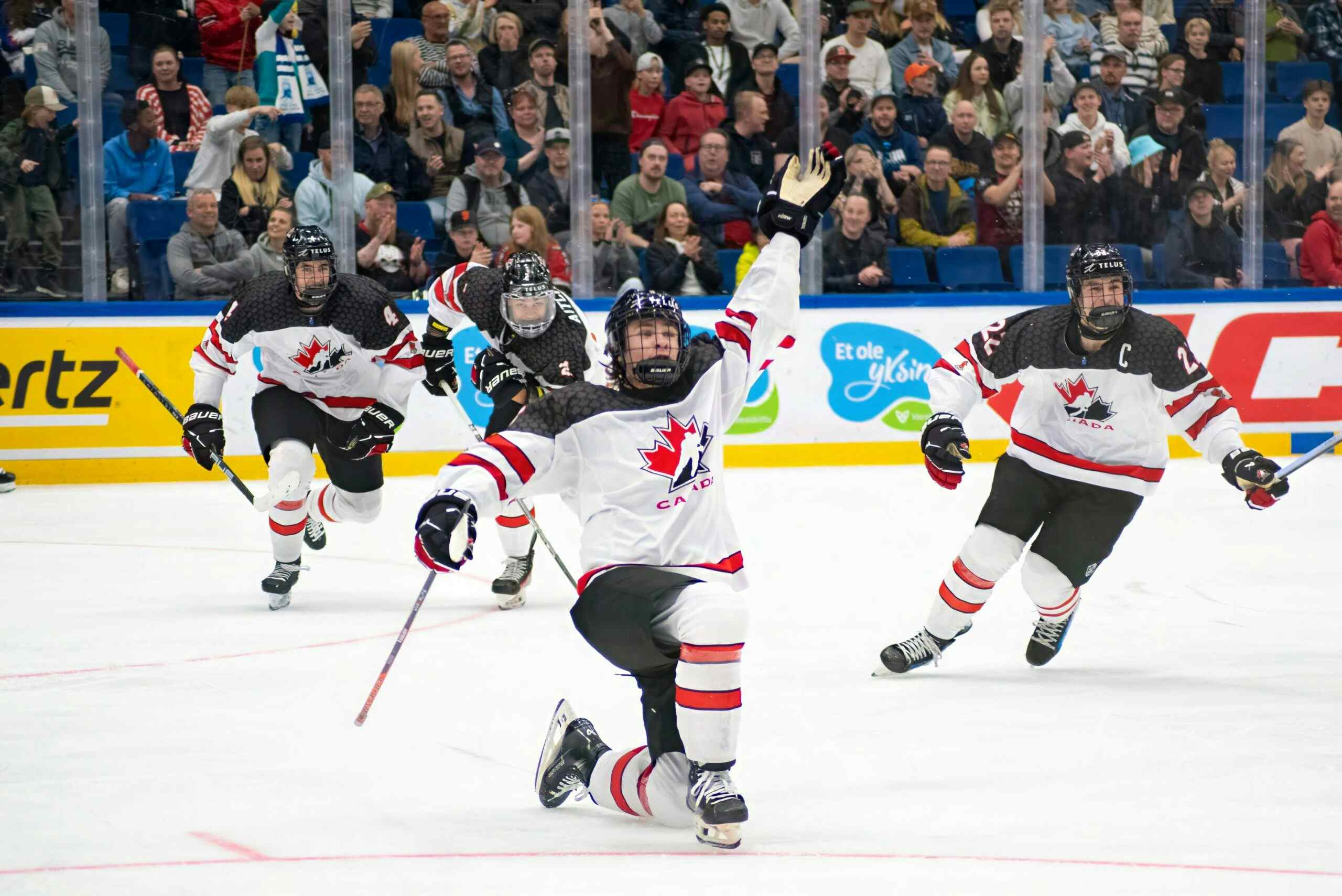The Oilers In Seven — Part One: The bender to end all benders

By Zach Laing
4 years agoWelcome to my new series, The Oilers In Seven.
This year after every seven games, you’ll see one of these articles breaking down the last seven games the team has played.
The theory behind it is two-fold. First, I chose seven-game sets as it’s exactly what any team would face during the playoffs. Second, it’s a good opportunity to break down the team’s play on a smaller scale to better analyze trends.
These articles are largely going to be data-driven looking at the team’s underlying numbers and what it means for the team’s overall play.
Feedback is welcome in the comments, or on Twitter.
The Numbers
Games 1-7: 6-1
Season record: 6-1
Season record: 6-1
PP% – 45.5, 1st in the league
PK% – 88.5, 5th in the league
PK% – 88.5, 5th in the league
Even Strength
| Stat | Rate | League rank |
| CF% | 44.02 | 30th |
| GF% | 54.55 | 10th |
| xGF% | 41.96 | 30th |
| Team Sh% | 12.95 | 3rd |
| Team Sv% | .9167 | 11th |
| PDO | 1.046 | 3rd |
All Situations
| Stat | Rate | League rank |
| CF% | 43.96 | 30th |
| GF% | 59.57 | 5th |
| xGF% | 40.50 | 30th |
| Team Sh% | 15.64 | 1st |
| Team Sv% | .9177 | 9th |
| PDO | 1.074 | 1st |
Stats via Natural Stat Trick
Player stats

Stats via NHL.com
What it all means
Edmonton is on the PDO bender of all PDO benders right now, and boy, has it ever been fun.
The record is great and 12 points are in the bank, but it’s easy to say there is going to be a regression to the mean coming for Edmonton. It’ll most likely come in the way of a cold-scoring streak and a drop in power-play numbers.
A shooting percent of 15.6% for the team just isn’t sustainable over the long-term. Over the last three seasons, the Tampa Bay Lightning have led the league in Sh% at 11.56%, while Edmonton has had a modest 9.15%.
It’s safe to say that Edmonton’s number this year will begin to drop sooner rather than later.
But never say never, because with Connor McDavid having an astronomical 17 points in seven games to start the year, anything is possible. He’s shown that his PCL injury from last year has healed up nice as he’s jumped out to a tremendous start to the season putting Edmonton on his back, as he does.
Leon Draisatil, too, has been off to a great start this year tallying 15 points in his own right. Another big storyline early is James Neal, who has scored eight big, early goals; he’s already got more than he did in all of last year with the Flames.
Back to shooting percentage, though, as Neal is most certainly due to go on a bit of a cold streak. As it stands, he is scoring on over a third of all of his shots on net. That’s certainly not sustainable, but even if he regresses back to his career average of 11.9%, he’s still on pace to score 27 more goals this season.
On the backend, Ethan Bear has shown all the reason as to why he made the team this year and appears to be the type of defenceman Edmonton has yearned for. His smart, smooth play has been exemplified in his ability to move the puck up the ice. Oscar Klefbom, meanwhile, continues to be a workhorse and has nine points through seven games putting him in a tie for second place in points amongst defenceman.
The team’s goaltending, meanwhile, has been excellent through the first seven games. Mikko Koskinen and Mike Smith have been everything and more for the Oilers early on and have kept Edmonton in nearly every single game. It’s going to be interesting to see what the pair will give Edmonton as the season progresses
If Edmonton can continue to get 91+ sv% they’re going to be in a very good position even when their sh% regresses.
On the last note, the team’s play on the power-play and penalty kill have been equal parts fantastic this year. The PP has been a big key to the Oilers success early on, while the PK has improved in leaps and bounds over last year.
While scoring on 45% of powerplay chances is very high, it’s going to be curious to see when/where the regression occurs. Edmonton has two of the best offensive players in the league in McDavid and Draisaitl on their first power-play — a unit that is seeing the lion’s share of time with the extra skater.
The best power-play percentage in a single season came at the hands of the 1977-78 Montreal Canadiens, who scored on 31.9% of their chances. Last year, for the first time in just over two decades, an NHL team posted a power-play percentage over 26%; it was the Tampa Bay lightning who boasted a 26.8%.
Let’s see how Edmonton shapes up against them by seasons end.
On Twitter: @zjlaing
Recent articles from Zach Laing





